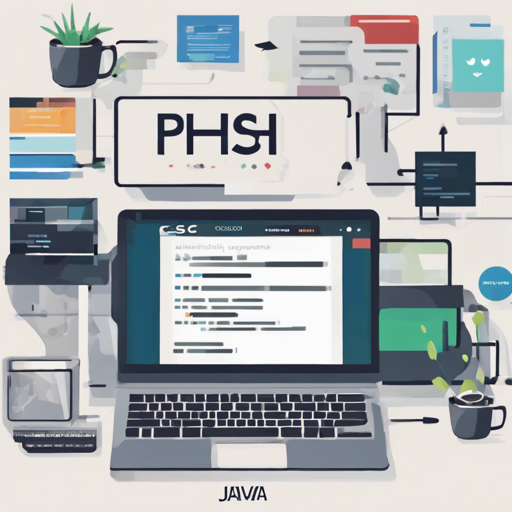Java developers, are you ready to dive into the world of CSS? The ph-css library is your ultimate tool for parsing and building CSS 2 and CSS 3 stylesheets. This guide will walk you through the essentials of integrating and utilizing this powerful library in your projects, along with troubleshooting tips to ensure a smooth experience.
Getting Started with ph-css
To harness the capabilities of ph-css in your Maven project, you need to include the dependency in your pom.xml file. Here’s how:
<dependency>
<groupId>com.helger</groupId>
<artifactId>ph-css</artifactId>
<version>x.y.z</version>
</dependency>Ensure you replace x.y.z with the latest version of ph-css.
Understanding the Core Concepts
At its core, ph-css represents a complete CSS stylesheet as an instance of com.helger.css.decl.CascadingStyleSheet. Imagine this as a well-organized library of books (your CSS rules) where each section has its own purpose:
- @import rules for including other stylesheets
- @media rules for applying styles conditionally based on device characteristics
- @font-face rules to define custom fonts
- @keyframes rules to create animations
Each rule plays a distinct role, much like different genres of books helping readers to find the right information.
Reading and Writing CSS
Reading CSS
ph-css allows you to read CSS data effectively. You can use either:
- To read a complete CSS file using
com.helger.css.reader.CSSReader. - To read style information from an HTML style element using
com.helger.css.reader.CSSReaderDeclarationList.
Writing CSS
Writing CSS is equally intuitive. You can create or modify styles using com.helger.css.writer.CSSWriter. If a file was a recipe, the writer ensures that the final dish (the CSS file) looks exactly how you want it to.
Troubleshooting Tips
While working with ph-css, you may encounter issues. Here are some quick troubleshooting tips:
- Ensure you are using
Maven 3.0.4or above; older versions may not work with ph-css. - Check for recoverable errors, such as an incorrect @import rule location, using the error handlers provided.
- If you receive unrecoverable error messages, consider implementing your own error handler to better understand the situation.
For more insights, updates, or to collaborate on AI development projects, stay connected with fxis.ai.
Conclusion
Incorporating ph-css into your Java projects is a powerful way to handle CSS more effectively. By understanding its structure and employing its various functionalities, you can elevate your web development process. Remember, ph-css is continuously evolving to enhance its features, making your CSS handling easier over time.
At fxis.ai, we believe that such advancements are crucial for the future of AI, as they enable more comprehensive and effective solutions. Our team is continually exploring new methodologies to push the envelope in artificial intelligence, ensuring that our clients benefit from the latest technological innovations.

